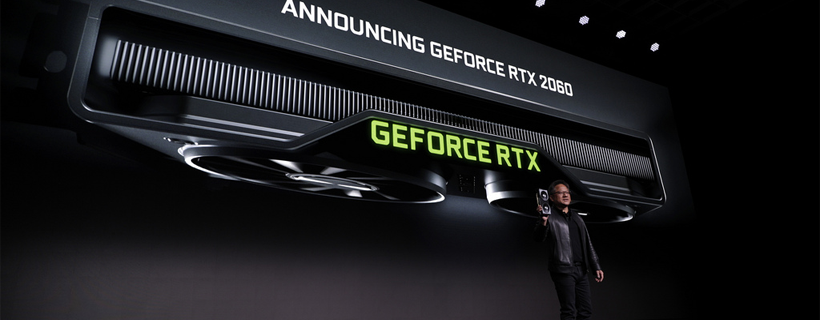At Nvidia’s CES keynote the company announced a new graphics card, the RTX 2060, and 40+ RTX laptop models from all major OEMs. The three key takeaways are:
- The company has shifted its CES focus back to gaming, with the new RTX 2060 gaming graphics card that targets 1/3 of the company’s current gaming install base. At last years’ CES, the majority of announcements were related to autonomous vehicles, along with a gaming display that has yet to ship.
- Nvidia’s focus on gaming at CES complicates the company’s efforts to clean up gaming channel inventory related to the crypto-mining hangover. We continue to expect it will take until the end of the May quarter to clean up gaming channel inventory.
- The new RTX 2060 gaming graphics card is priced at $349. This is significantly cheaper than the RTX 2070 at $599, which was released in September along with the RTX 2080 ($799) and RTX 2080 Ti ($1,199). The is important because the company is announcing more affordably priced graphics cards. This is more of a negative for AMD than a positive for Nvidia. Historically, Nvidia has done really well for the high-end graphics cards and has faced more competition for mass-market cards.
CEO Jensen Huang shared that the next generation of computer graphics needs to improve three essential components for more realistic graphics: reflections, shadows, and refraction. The next-gen Nvidia RTX platform combines ray tracing and AI to do so. Despite Nvidia being well-positioned to lead the next-generation of computer graphics, there are two short-term hurdles that the company needs to overcome: 1) As outlined above, Nvidia needs to clean up its gaming channel inventory. 2) More developers need to utilize ray tracing technology. EA’s Battlefield V and upcoming Anthem were highlighted in the keynote as two examples, but in all, there are fewer than 15 games which will support ray tracing in the near future. In order for gamers to have an incentive to upgrade, more developers need to integrate ray tracing into their titles.
Disclaimer: We actively write about the themes in which we invest or may invest: virtual reality, augmented reality, artificial intelligence, and robotics. From time to time, we may write about companies that are in our portfolio. As managers of the portfolio, we may earn carried interest, management fees or other compensation from such portfolio. Content on this site including opinions on specific themes in technology, market estimates, and estimates and commentary regarding publicly traded or private companies is not intended for use in making any investment decisions and provided solely for informational purposes. We hold no obligation to update any of our projections and the content on this site should not be relied upon. We express no warranties about any estimates or opinions we make.
